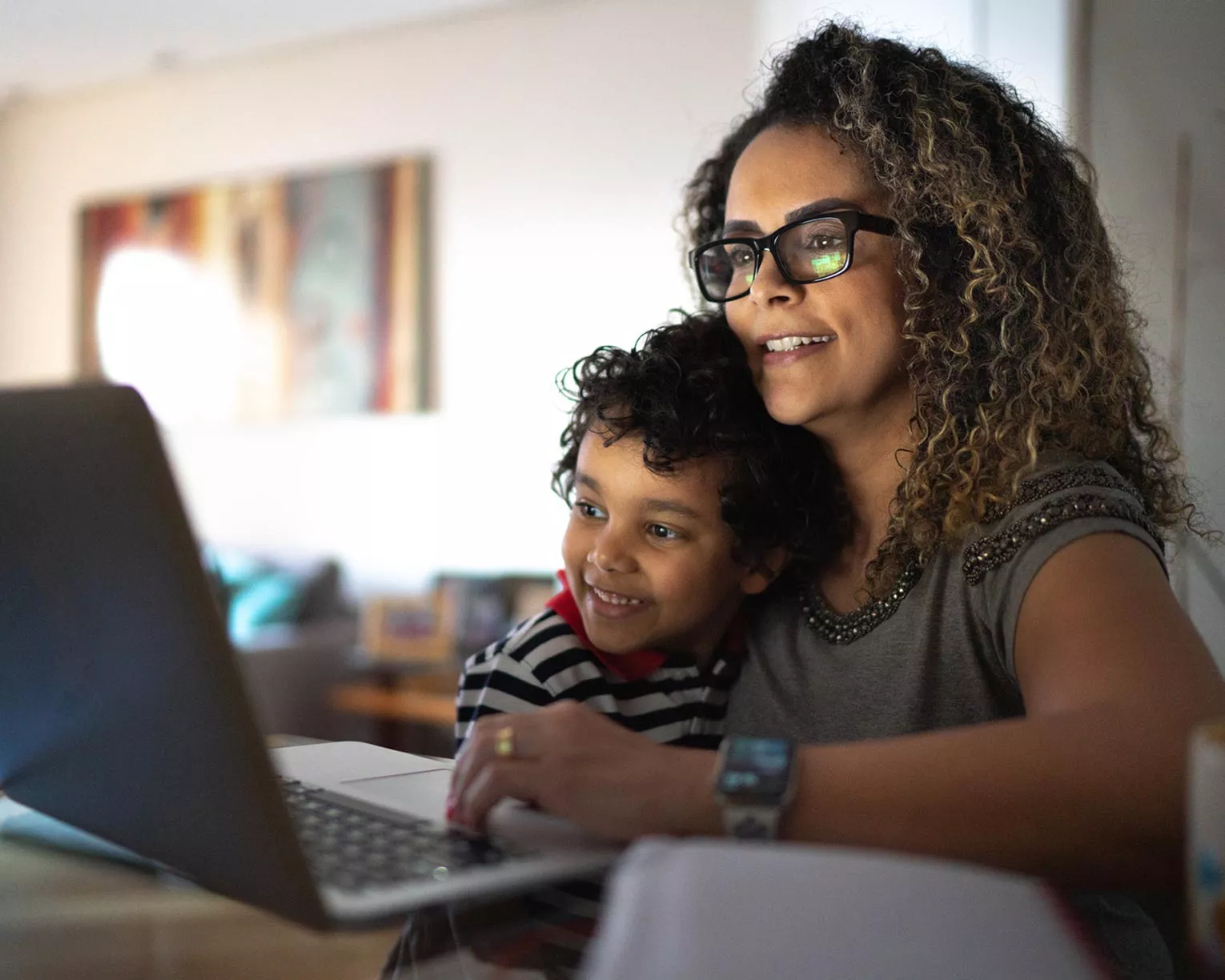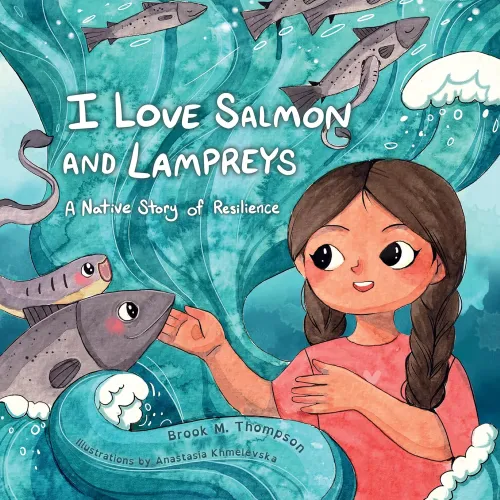Share this book
After reading I Love Salmon and Lampreys, talk with students about how the salmon and lampreys that Brook and her family needed for food were tied to the health of the river and how all the food we eat is part of our relationship with the natural world. Ask students to think of a food they enjoy and consider how its existence depends on a healthy environment. Guide them to think about things like soil, water, sunlight, animals, or pollinators that make food possible, as well as the people and processes that contribute to it become something they get to eat.
Then, as a class, have students choose one food and work together to determine all the elements that go into growing, raising, catching, harvesting, processing, and cooking that food. For example, if the class chooses chocolate chip cookies, students will need to work together to identify all the ingredients and their origins, tracing each ingredient back to its natural source and the natural conditions it needs to grow or be produced—like healthy soil, clean water, pollinators, and sunlight and the people involved such as farmers, scientists, bakers, factory workers, and truck drivers.
Turn this exploration into a mural that shows how ingredients in the food item are connected and begin with the sun and earth. Start by placing the final food (like the chocolate chip cookie) in the center, and then have students add illustrations, labels, and connections that show how every ingredient links back to the earth and to human effort. Use arrows to connect each part of the web, showing how everything depends on something else. Encourage students to think about what would happen if one part of the web were missing—what if the cacao-pollinating midges disappeared or the wheat field soil was contaminated? Students can also look at how the ways we grow food impacts ecosystems, such as sugarcane farming leading to rainforest deforestation.
Once the mural is complete, use it to spark a discussion about how taking care of the earth is important to keeping ecosystems strong and resilient, which benefits our food production. Have students reflect on what they’ve learned by writing or drawing one way they can help protect something in the mural—like planting pollinator-friendly flowers, conserving water, or avoiding food waste. Post these around the mural and celebrate the natural world with a taste of the food featured in your class mural.
Questions for Discussion or Reflective Writing
- Why does Brook feel loved by salmon? How are she and her family connected to the salmon and lampreys?
- How does Brook and her family cook salmon and lampreys? Have you ever eaten salmon or lamprey?
- Where does the food you eat come from? Where does Brook and her family get the salmon and lampreys they eat?
- What foods do you eat and cook that are connected to your cultural heritage or ancestry? Do you eat lots of foods associated with different cultural heritages?
- What would you do if one of the main foods you always ate suddenly vanished? What would you do to restore your food source?
Related Resources
I Love Salmon and Lampreys Activity Guide from HeyDay Books
An Incredible Journey: A Series of Educational Resources to Promote Salmon Stewardship from NOAA
Animal Migration Activity Guide from Start With a Book
Klamath: After the Dams (video) by Oregon Public Broadcasting
More Titles to Try
-
Endangered Animals in the Rivers
Emilie Dufresne
-
This Land
Ashley Fairbanks, illustrated by Bridget George
-
Salamander Sky
Katy Farber, illustrated by Meg Sodano
-
Salmon Forest
David Suzuki and Sarah Ellis, illustrated by Sheena Lott
-
Salmon Run: An Epic Journey to the Ocean and Back
Annie Chen
-
We Are Water Protectors
Carole Lindstrom, illustrated by Michaela Goade
-
Zonia's Rain Forest
Juana Martinez-Neal
Stay on top of current education news



